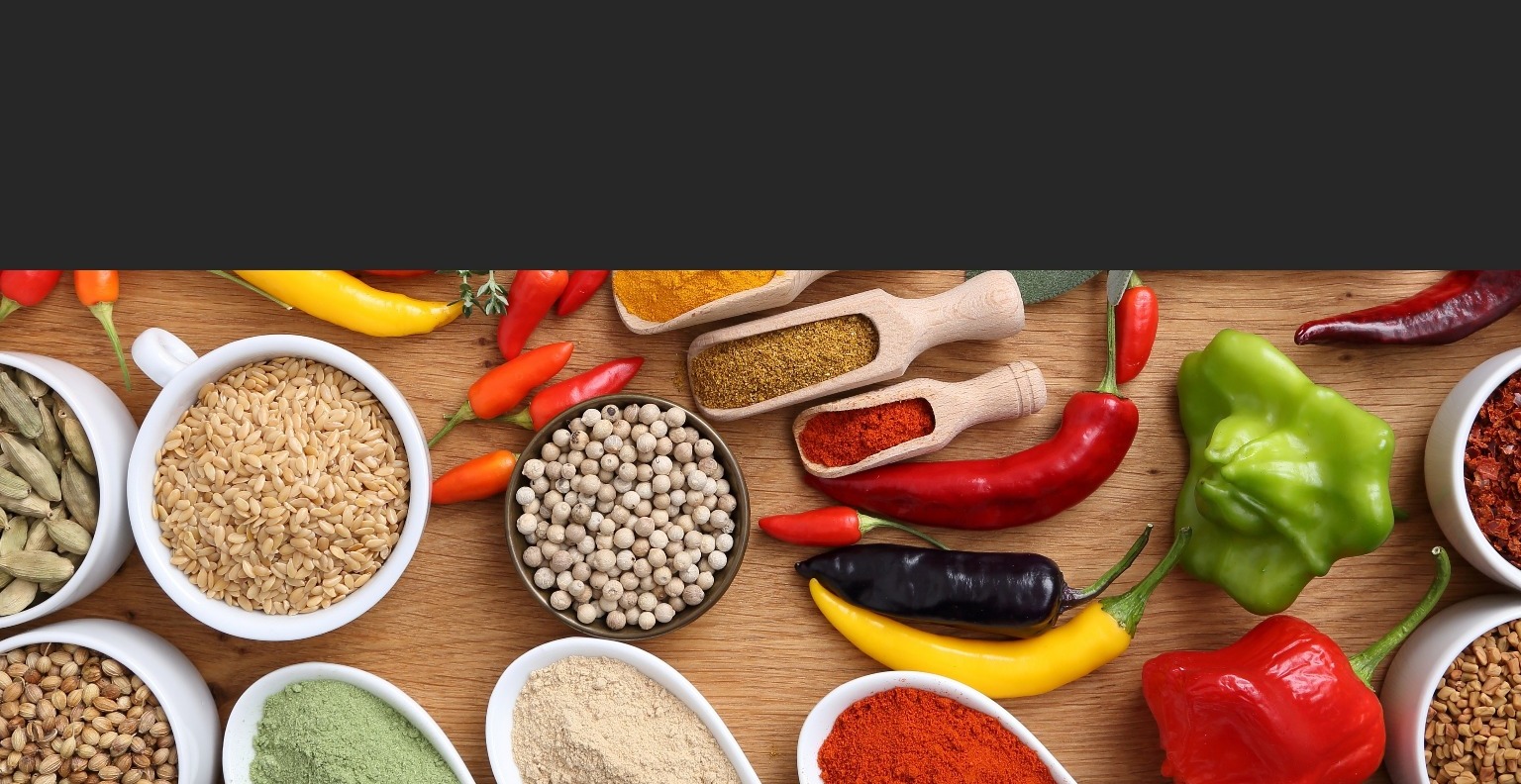
TAITAJÚ
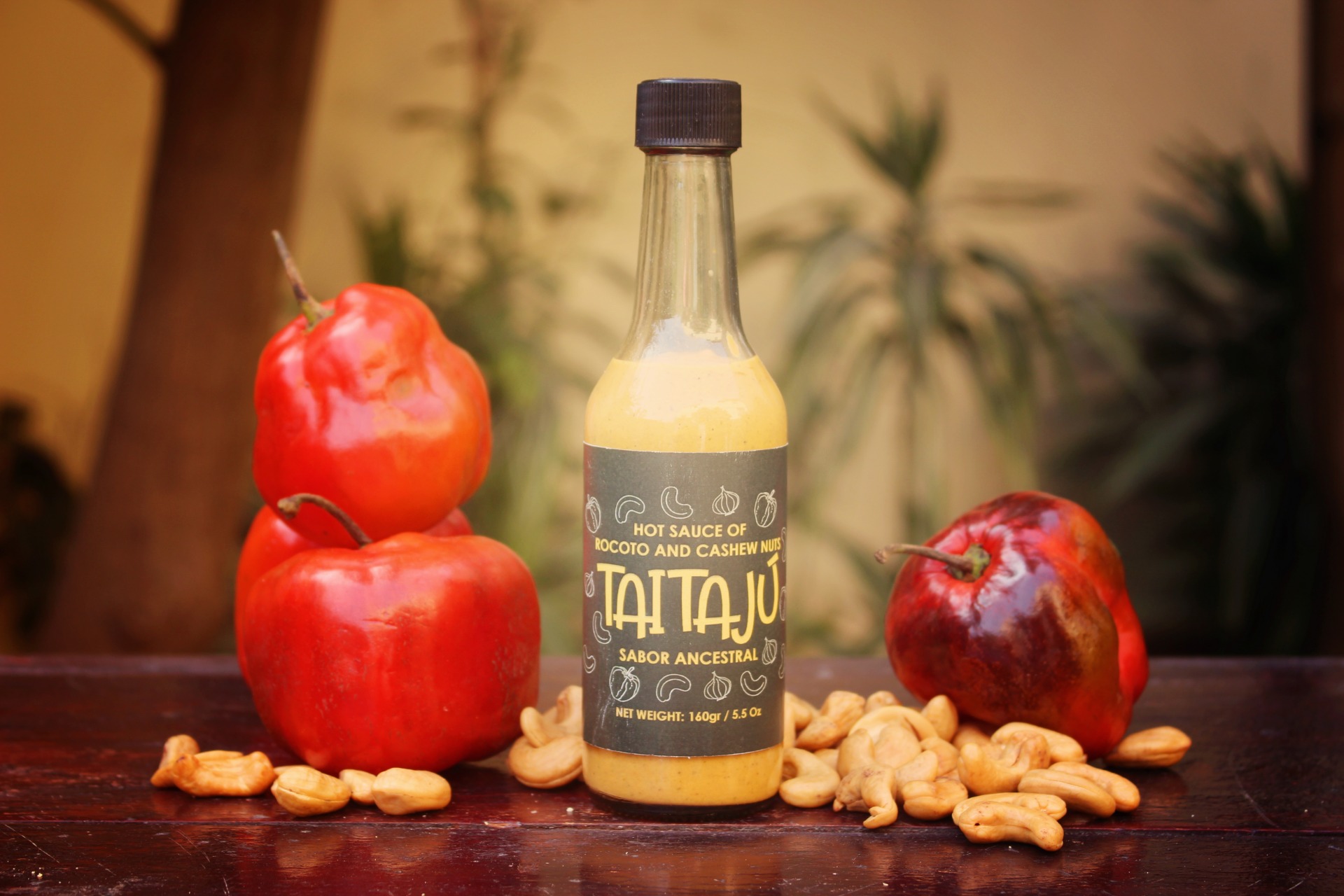
Precio: $ 7.15
Cantidad: 5.65 Oz (160gr)
Envase: Glass
Benefits:
- Antioxidants
- Anti-inflammatory properties
- Antibacterial properties
- Vitamins A, B, C, E
- Regulation of blood sugar levels.
- Minerals (iron, magnesium, among others).
CHASEW
Anacardium occidentalis, also known as cashew, Caguil or Merey is a native tree of the Amazonian region of northeastern Brazil, southeast of Venezuela and part of Colombia and Peru. Many of its components are used in the production of various products, such as candy, cosmetics and medicines.
It is characterized as a tree of developed aspect, of approximate height between 5 and 7 meters, perennial and whose trunk branches at very low height. It has a life of about 30 years and produces fruits from the third year of life.
It exudes a resin that is used as a rubber. The bark is attributed medicinal properties to cure diarrhea, dysentery, throat infections, bleeding and healing wounds; It is also used for tanning leather.
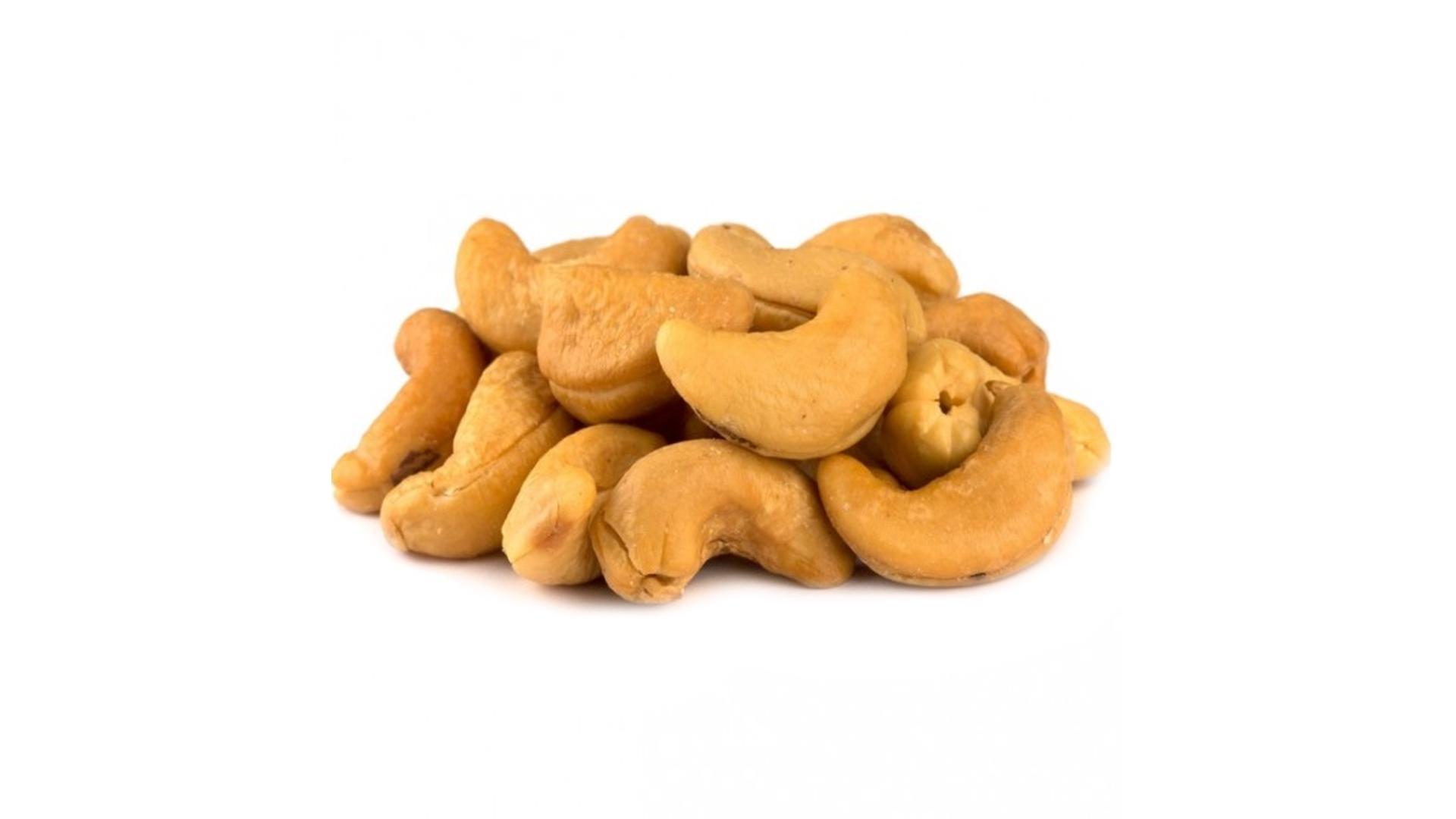
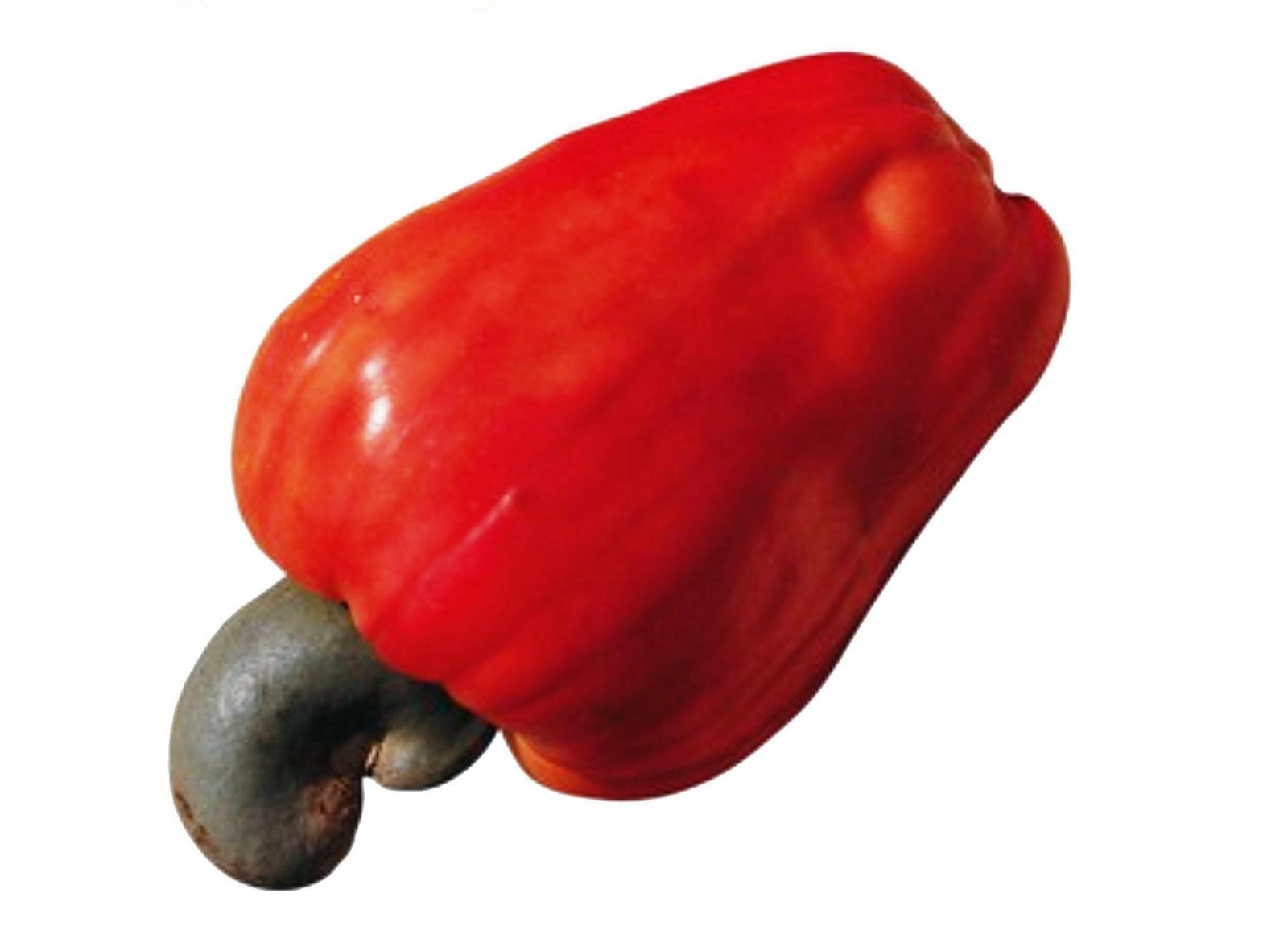
ROCOTO
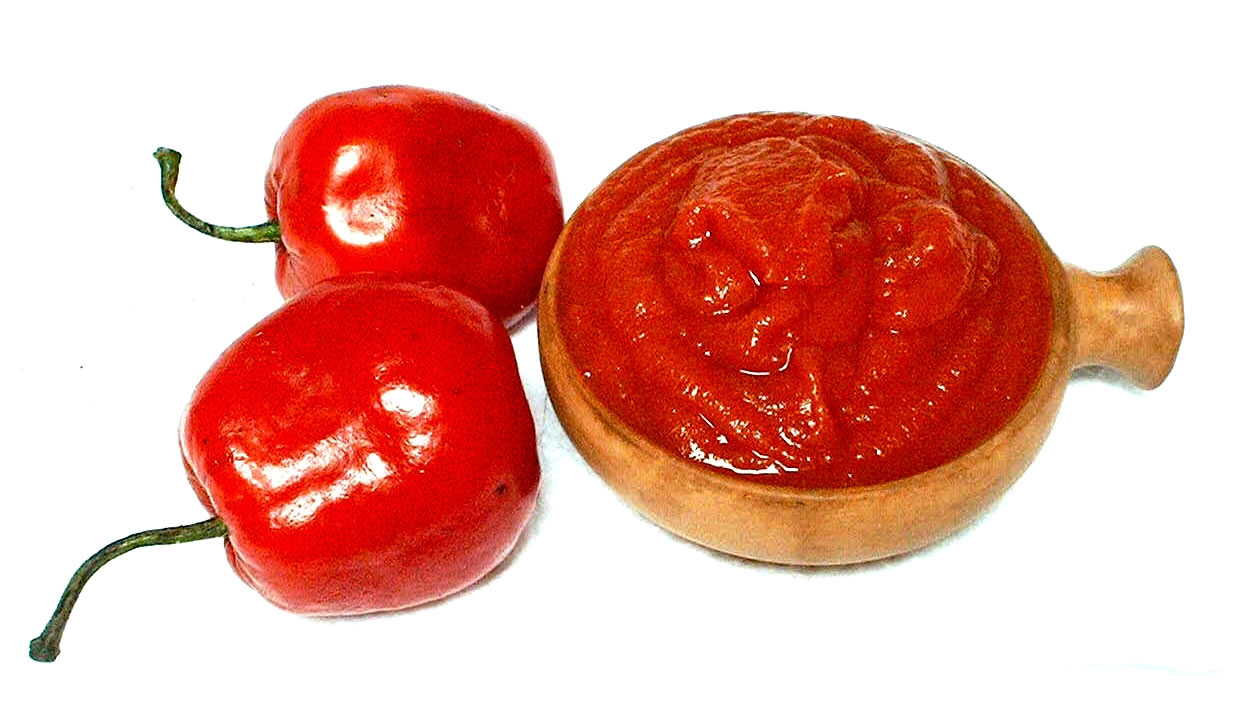
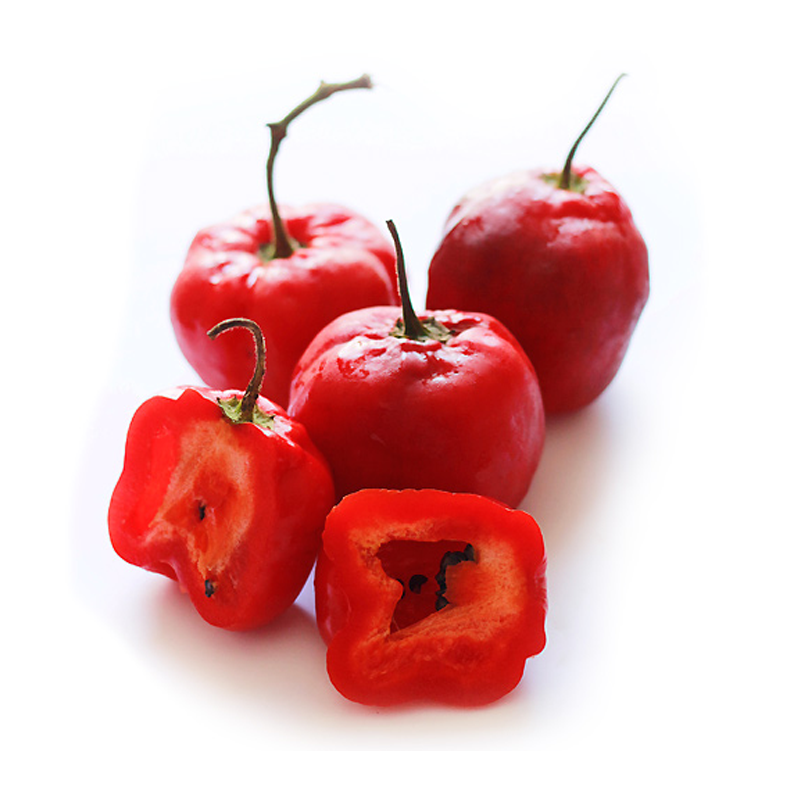
Capsicum pubescensesis a species of herbaceous plant, including its fruit, of the genus Capsicum (family Solanaceae) used as a hot condiment in Latin American cuisine, especially in Bolivian and Peruvian cuisine. It is known as Rocoto (in Peru and Chile), Locoto (in Bolivia and Argentina); observed difference due to the number of Asian immigrants from Peru-cuantum Rukutu or Aymara Luqutu-, Pepper (name used for different kinds of capsicum pubescens and Capsicum annuum in Argentina and Spain), Chile de Cera, Manzano (in Mexico), Morrongo or Perón.
The color of the fruit may vary from red, it cannot be green or yellow. It is marketed in its natural state in the Mexican, Argentinean, Chilean, Bolivian and Peruvian markets, as well as in pulp and powder.
